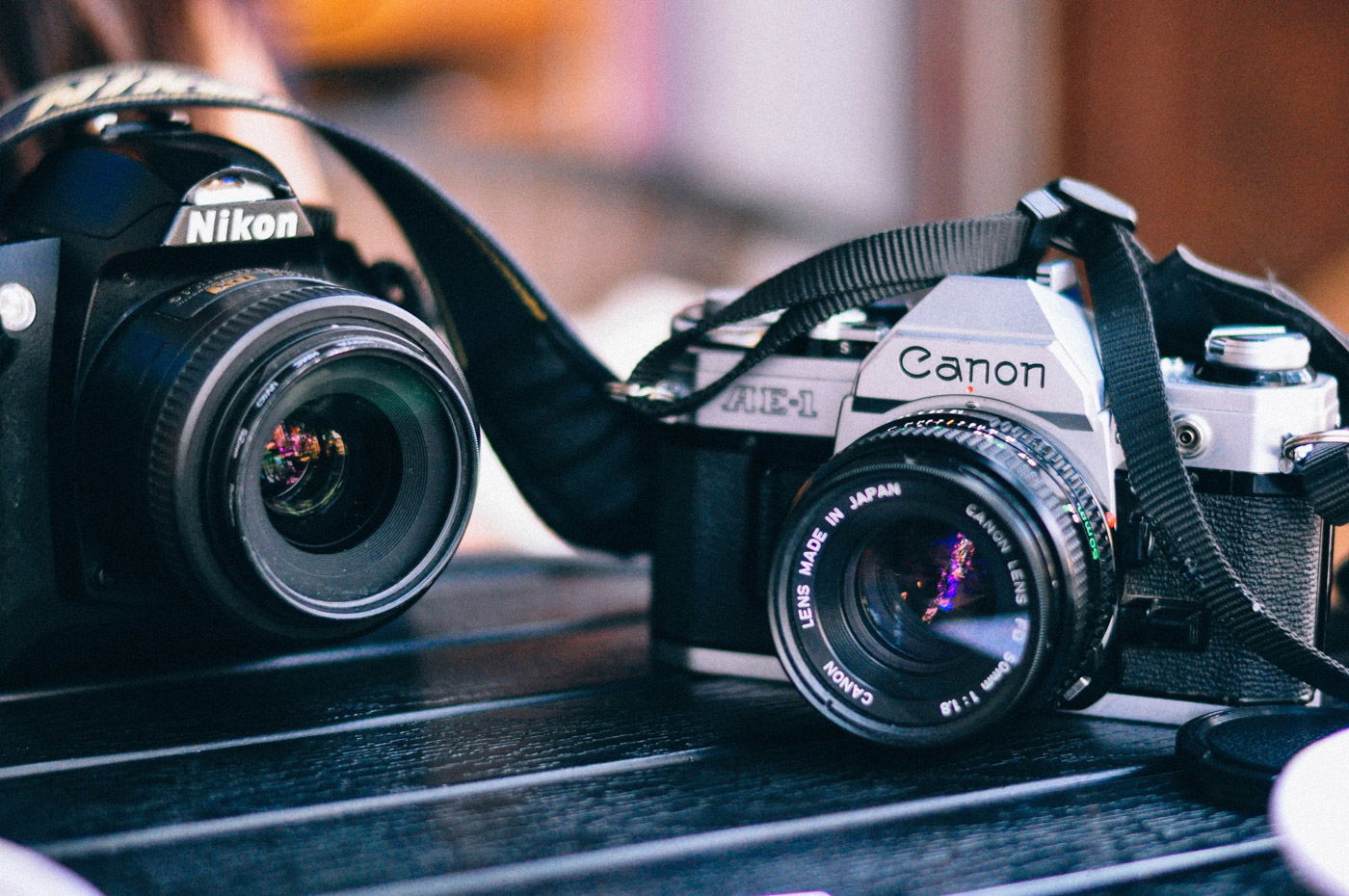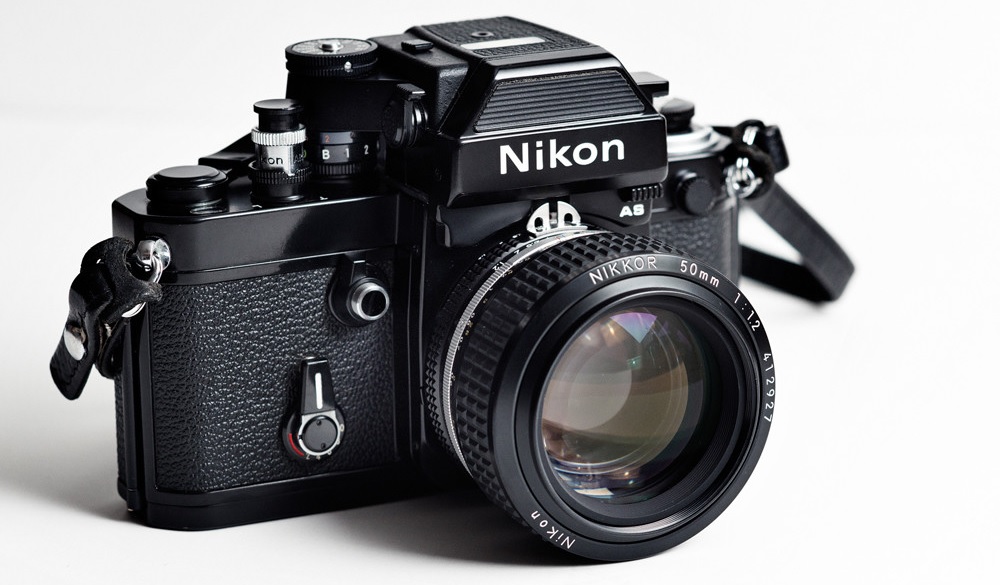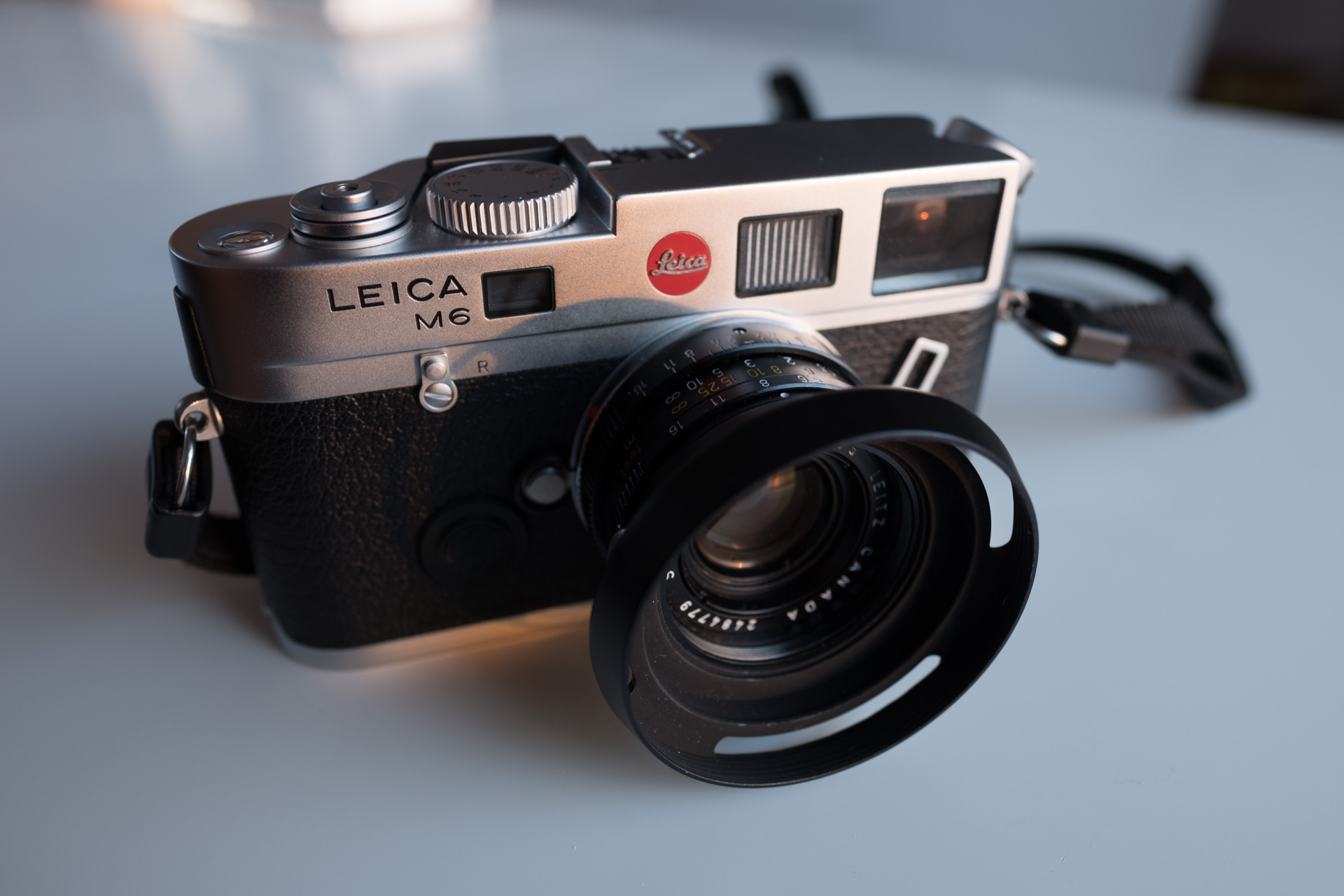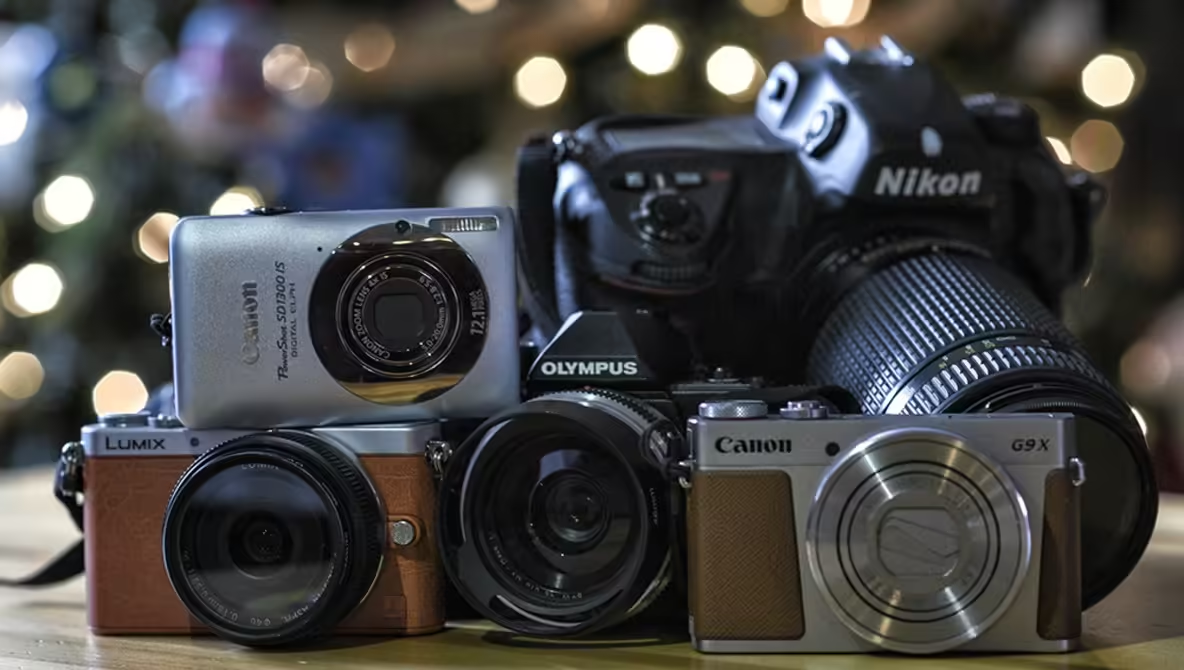The finest film cameras allow you to return to the original analogue photographic process. We do have some answers, though, if you’re not sure where to begin. Our selection includes cameras for every budget, including retro SLRs, instant cameras from the ’50s, and even brand-new models.
Since we have decades of combined experience with film cameras, you may be certain that every suggestion on this list is worthwhile. To make it easier for you to choose the ideal film camera, we’ve divided the list into new and used categories.

For a variety of reasons, a growing number of people are turning to film photography. Even though utilizing the greatest digital cameras for photography has many clear technological benefits, analog photography is still valued as something special and distinctive. Yes, it might be time-consuming and may not always provide ideal outcomes, but that is precisely the reason why it appeals to so many people. Furthermore, it’s much more genuine than simply applying a hasty and unclean filter to your digital filters.
Our list features the best film cameras for novice, intermediate, and professional photographers. There are many factors that come into play with buying a film camera that could be completely different from what you would consider when purchasing a digital camera. If you need more detailed instructions on what to look for, then some advice is given at the bottom of this page
Best Buy Film Cameras 2024
For people new to film, I think the format should probably be your first consideration when deciding where to shoot. Formats with even the most basic understanding of film would know that 35mmm is the most common since it’s the base behind the sensors found in “full-frame” digital cameras. These work well if you’re looking at something reasonably priced compared to medium format and in a handy, portable size.
1. Nikon F2

Key Specifications :-
- 35mm through-the-lens single lens reflex
- Image format: 24 mm × 36 mm (35 mm film format)
- Nikkon bayonet mount lenses
- Other Lenses Available Lenses tested: Nikkor 50mm f/1.4, 1.8, 2.0; 55mm f/1.2, plus others.
- Side-traveling titanium-foil focal-plane shutter, with fourteen graduated steps, for “B,” and serial exposures of 1 to 1/2000 seconds, pausing at “B”; the intermediate dials of the H and S models provide, in addition, stepless speed control between 1/80 and 1/2000 seconds; the convenient self-t.
- Viewfinder DE-1 type, interchangeable eye-level Pentaprism; approx. 100% viewfinder frame coverage; standard focusing screen Type A (spherical Acute Matte) interchangeable with Type A or Type B screen of optional Grids
- Depth of field preview switch: Provided push button; coaxial with mirror lock
- Mirror Reflex: It is a type of automatic and instantaneous return with a lock-up feature.
- Flash synchronization: with built-in hot-shoe contact with safety switch; threaded sync terminal also provided; at any speed except “B” and “T” using flashbulbs, and at speeds up to 1/80 sec using electronic flash.
- FPX sync: Automatic FIT with user-selectable shutter speed
- Synchronization Range: Electronic Flash, 1/80 to 1 sec. plus “B”; FP bulbs, all speeds, except 1/60 and 1/80 sec.
- Ten-Delay Personal Timer: Settable to delay between 2-10 seconds by reference to the scale graduations at the following points: 2, 4, 6, 8, and 10 seconds. The “B” allows for use as a timer in the shutter speed range between 2 to 10 seconds.
- Film advance lever: single stroke or more; winding angle 120; standby angle 20.
Additive type frame counter with auto-reset One of our flat-out favorite film cameras on the list, the Nikon F2 is fantastic for its build quality, incredible number of features, classic design, and supreme reliability. Before Nikon finally replaced that iconic Nikon F with another camera, it spent another twenty years, and boy, did it ever literally only replace it. This means that the F2 was modular, with interchangeable motor drives, meter prisms, and viewfinders, much as in the 1970s, with its titanium shutter and all-metal construction. Fitted was a 250-exposure back, better even than chicken teeth, into a 10-meter film roll.
2. Canon AE-1

Key specifications:-
- Make: an Electronically controlled AE (Automatic Exposure) and focal plane shutter 35mm SLR (Single-Lens-Reflex) camera.
- Dimensions: 24 x 36 mm
- Interchangeable Lenses: Canon FD series with AE coupling and full aperture metering Canon FL series -metering is stopped down.
- The standard lenses have been Canon FD 55mm f/1.2 S.S.C and Canon FD 50mm f/1.4 S.S.C. New FD 50mm f/1.8, New FD 50mm f/1.4 and New FD 50mm f/1.8 can be used in the place of Canon FD 50mm f/1.8.
- Canon Breech-Lock lens mount so that it could take Canon FD, then FL and R lenses.
- Fixed orientation fixed eye level pentaprism viewfinder
- Field of View – Exposure, 96% horizontal and 93.5% vertical, actual image area.
- With a standard 50mm lens, the magnification at infinity: approximately 1:.
- AE Mechanism: Electronically controlled AE metering system with shutter priority, 2 ICs, and 1 LSI with an integrated injection logic
- Light Metering System: A silicon photocell functions as the photosensitive element in the TTL, through-the-lens center-weighted exposure metering method.
- Exposure Meter Coupling Range: EV1 (f/1.4 at one second) to EV18 (f/16 at 1/1000 second) using ISO 100 film.
- Rated film speed range: ISO 25 to 3200.
It results in the correction of exposure by the automatic dimensions of the diaphragm opening equal to 1.5 stops snore on the aperture scale than the actual setting, in the event the button for backlight control has been pressed.
Exposure Preview:
The meter needle will appear in the viewfinder upon half-pressing the shutter release button or pushing the exposure preview switch.
Furthermore, Canon managed to stay low priced by using a material called “cloth shutter”, having a plastic construction that offers it to be provided at a low cost to beginners.
3. Leica M6

Key Specifications :-
- Type: rangefinder camera using 35mm film
- Mounting System: Leica M mount
- Shutter: Horizontal fabric focal-plane shutter with mechanical control
- Including Bulb, Shutter Speeds: 1s to 1/1000s
- Availability Modes: In-person exposure
- Metering: Selective metering region combined with TTL (Through-The-Lens) light metering
- Viewfinder
- Magnification: 0.72x (0.585x and 0.58x in different versions)
- In addition, frame lines are based on the lens attached, automatically selected, manually selectable, and parallax-corrected.
- Length of rangefinder base: 68.5 mm
- Manually adjusted from ISO 6 to 6400
- Power: For light metering, two 1.5V LR44/SR44 batteries
- Sync Time for Flash: 1/50s
- Body Material: Brass top and bottom plates and an all-metal construction
- Measuring 138 by 77 by 38 mm, the body weighs about 560 grams.
Additional
However, the Leica M rangefinders have a reputation for offering a distinctive experience; sometimes, they spark debate. Leica M cameras, using a traditional rangefinder, focus quickly and precisely with practice. Once mastered, the M6 performs excellently with two SR44 batteries or a lithium 1/3 N-type battery. The M6 is highly valued by movie buffs and filmmakers, which raises its cost and demand. Leica lenses raise the overall cost of the purchase. But the M6 is a great option if you enjoy the subtleties of film photography and don’t mind using manual settings. Owners say the M6’s hands-on approach offers a fulfilling experience for those willing to put in the work.


